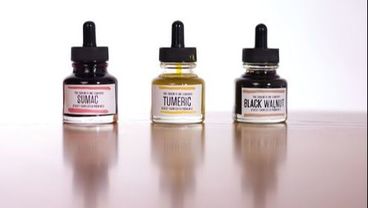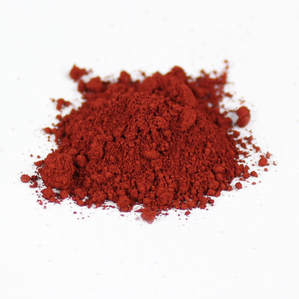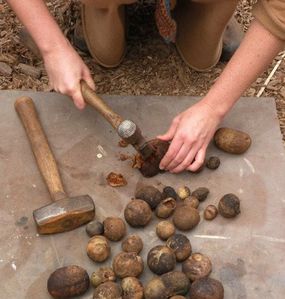|
I enjoyed listening to CBC's the Current this morning, where origins and discoveries of colour pigments were discussed. Show Site: http://www.cbc.ca/thecurrent From Oak Galls to rocks and soil, many natural elements are available in our environment. There are so many paints and dyes which are chemically mass-manufactured and often transported over long distance to reach our stores. Many of these dyes and chemicals make their way into our rivers. Also, natural pigments are better than synthetic dyes. The natural dyes are better products, simply because they do not contain chemicals harmful to health (therefore healthier and more reliable than chemical synthetic dyes). Looking back, 19th century natural tanneries had many lovely colourful dyes, yet in Toronto, the organic waste was mismanaged. As tanneries, breweries, and other industries multiplied along the lower (Don) river in the latter half of the nineteenth century, the river's ability to assimilate these wastes would have been seriously compromised. Sewage and industrial pollution undoubtedly had serious consequences for riverine ecology. -Making an Industrial Margin, Reclaiming the Don, Jennifer Bonnell, We could keep our focus as consumers and creators, that natural colors always offer contrasting shades and ranges of hues are impossible to achieve with artificial colourings. The vegetable dyes represent a sustainable source with respect to their synthetic counterparts, they are a renewable resource while the synthetic dyes come from oil.  http://www.jasonslogan.com/thetorontoinkcompany/ http://www.jasonslogan.com/thetorontoinkcompany/ Great to have the Current share Jason Logan's perspective and insight on natural inks( Toronto Ink Company). I discovered how natural dyes can be extremely exciting and vivid last summer, when my two boys spent hours crushing oak galls by laying them on the street and waiting for cars to crush them, then smearing their hands in the natural dyes and creating delightful sidewalk art.
0 Comments
Leave a Reply. |
about the authorThe blog connects thoughts on Landscape and Architecture, design, and mostly the connections between landscape architecture, art and our beautiful Toronto. archives
February 2022
|

